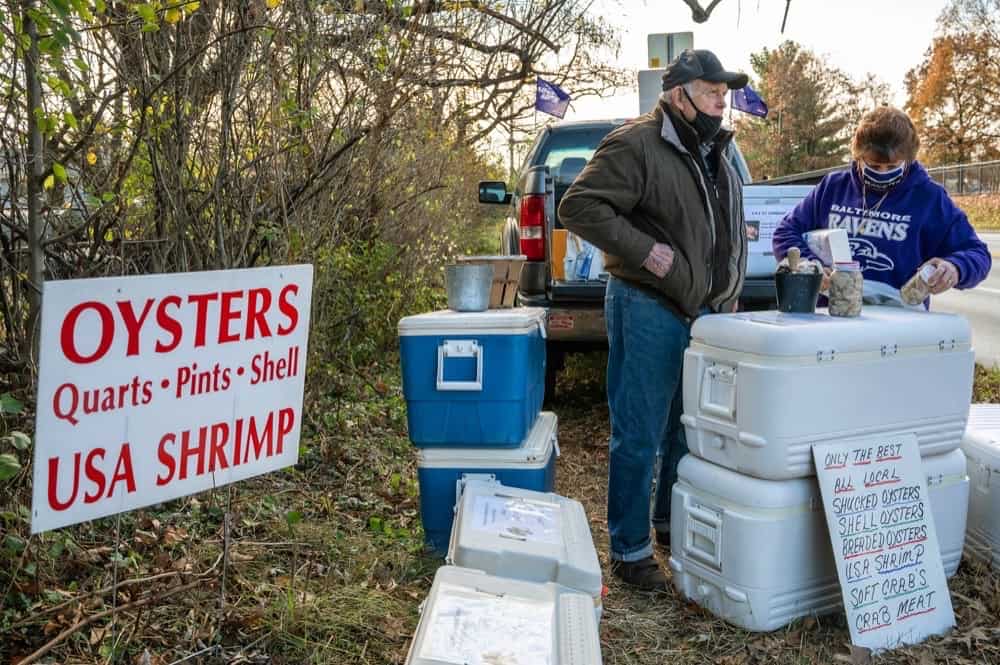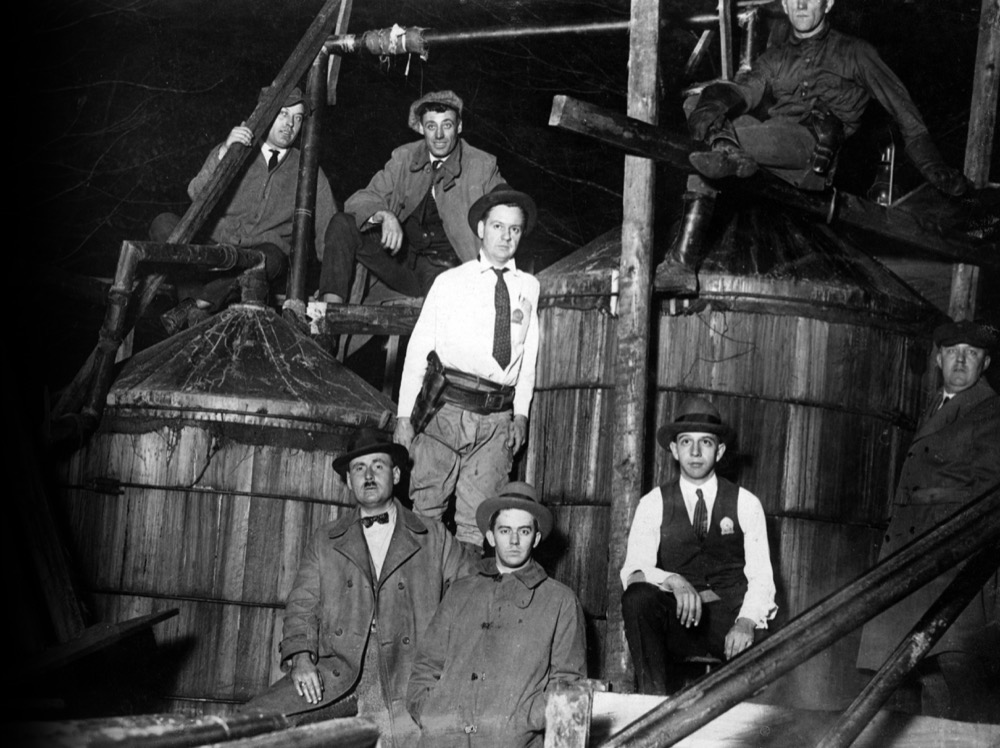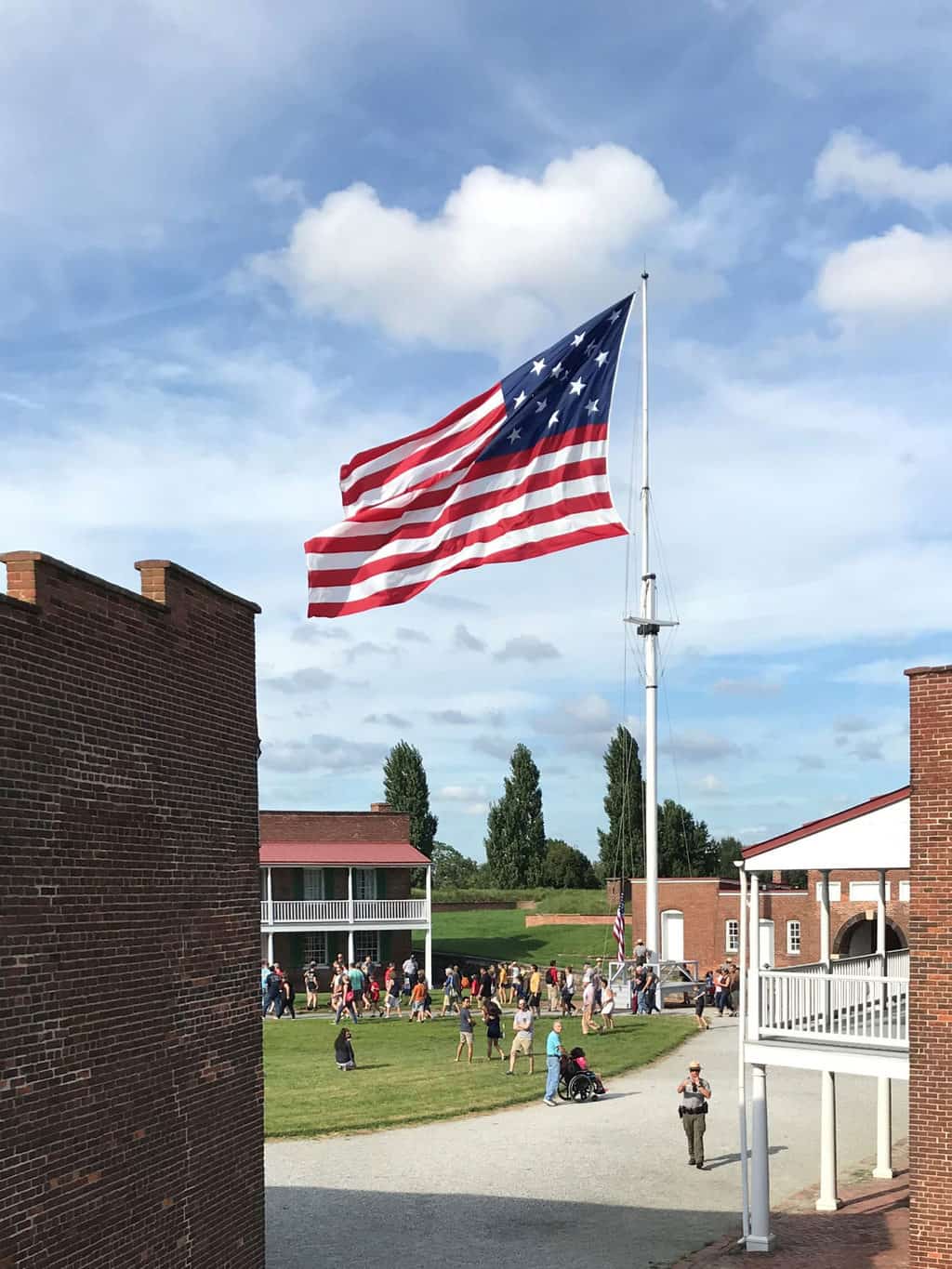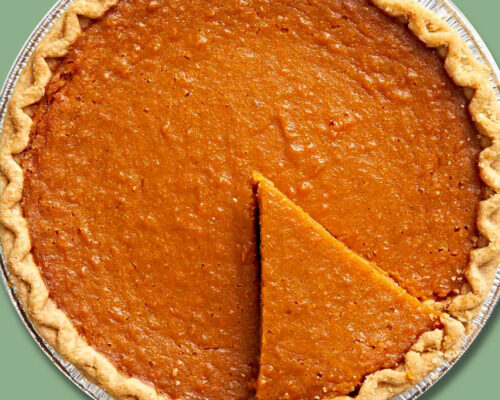E lwood “Don” Clark of Baltimore’s Brooklyn neighborhood has long loved his life as a dealer of fishing equipment and fresh seafood. Now 84, he’s been at it since Jimmy Carter was president, from his store on South Hanover Street, not far from the Beaux Arts cantilever bridge where people have used chicken necks to catch crabs for more than a hundred years.
“We sell everything there for fishing and crabbing, but when I first went into the business there wasn’t enough [trade] to make a living, so I started selling seafood,” says Clark, who still lives in the rowhouse just off of Patapsco Avenue where he was born and raised. “Been there all my life,” he says. “Might as well stay now.”
In the past 12 months, a most unusual and troubling year, the veteran fishmonger has come to a conclusion: “With the pandemic, everybody in the world had nothing to do. So they went fishing.”
Sales of bait and tackle, he says, increased dramatically. That’s pretty much his summer game. On weekends in winter, from November through the last day of March, you can find Clark and his daughter Darlene Munker on Baltimore Annapolis Boulevard just off the corner of Furnace Branch Road in Linthicum.
On Friday, Saturday, and Sunday afternoons, their truck is the place to buy “USA” shrimp, crab meat, Hooper Island soft crabs and, as the big sign says: OYSTERS / QUARTS / PINTS / SHELL.
A little folding table behind the gate of his pickup is ornamented with a cairn of oysters and a shucking knife for first-timer customers who want to sample the product first. “Business is good,” says Munker, “but it was better when more people cooked at home.”
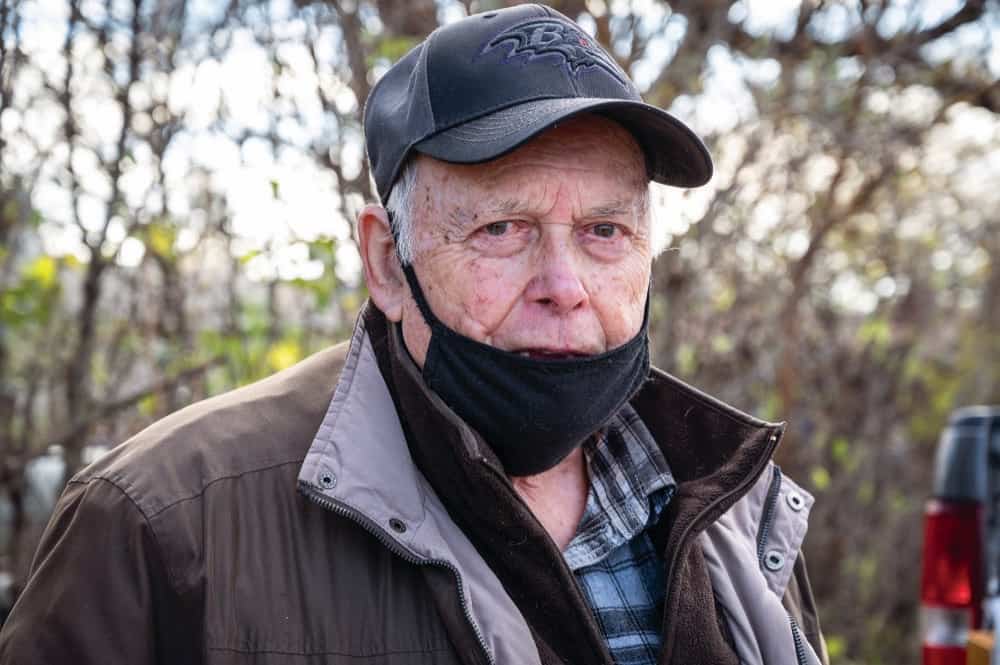
Her Pop is not sure why, but this year’s Super Bowl game—when heavy snow fell in the Baltimore area until about noon—was the most disappointing NFL championship for sales in memory.
“Worst one ever,” says Clark, noting it has traditionally been a great day for oysters and shrimp. “I did better the week before with no Super Bowl and snow has never been a problem. If the Ravens were in, it would have been tremendous. I always pray for them to go all the way.”
Ah, the intoxicating world of if.
If it were still the late 1880s, upwards of 15 to 20 million bushels of oysters would have been taken from the Chesapeake Bay. Some 140 years later, during the 2019-2020 season, a little more than 270,000 bushels of wild oysters were taken.
Clark’s time by the side of B&A Boulevard ends each year at the beginning of this month, the last on the calendar spelled with an “R” until fall. Ancient belief holds that it’s only safe to eat raw oysters in months spelled with an “R.”
Though the adage persists, the accepted wisdom is long debunked—particularly with the advent of oyster farming—and the delicacy appears on restaurant menus and seafood markets throughout the year. When it comes to sucking them out of the shell, however, cold water oysters are preferred, and this past winter produced especially delicious oysters throughout the Chesapeake.
Richard Guantes Snyder, a Pasadena photographer, shucks his own most weekends between crabbing seasons. He gets his oysters from Annapolis Seafood Markets on Forest Drive, which offers the mollusks year-round.
“The Bay oysters were great this year,” says Snyder, who learned to enjoy them as a kid when his father would shuck a dozen or so with friends.
Chesapeake nature writer Tom Horton agrees. “I’ve had some superb oysters from Tangier Sound this year,” says Horton, who in 2012 narrated the documentary Spat! Bringing Back Oysters to the Chesapeake Bay by filmmaker Sandy Cannon-Brown. “They were fat and almost cream colored, little giblets of tonic from the sea, as a writer once called them.”
Horton is pretty sure that the writer was Eleanor Clark (1913–1996) and the quote from her 1964 National Book Award-winning Oysters of Locmariaquer. The book details the life of the oyster found on the shores of the River Auray and the people of Brittany who have been dependent upon it for centuries. It is very likely that the oysters praised by Ernest Hemingway in his Paris memoir A Moveable Feast were from the region.
“As I ate the oysters with their strong taste of the sea and their faint metallic taste that the cold white wine washed away, leaving only the sea taste and the succulent texture, and as I drank their cold liquid from each shell and washed it down with the crisp taste of the wine, I lost the empty feeling…”
Those looking to shirk lonely feelings while passing Don Clark’s pickup (in the same spot for 35 years) would be indebted to the Crassostrea virginica, better known as the Eastern oyster. Today, Clark gets his bivalves from Sea Cap in the Jessup wholesale market, but, he says, “Years ago we’d meet the oyster trucks down by the Potomac River Bridge every Thursday,” for weekend sales.
And now, the side-of-the-road season is done for Clark. Through the summer, he carries a bit of frozen seafood at the Hanover Street store, some soft crabs every now and then. But you won’t see his truck by the side of the road again until the first of November.
“I love what I’m doing; to me, it’s not work,” he says. “I don’t know what I would do if I stopped. You have to have a purpose and this is my purpose.”

